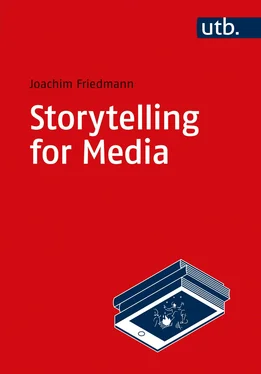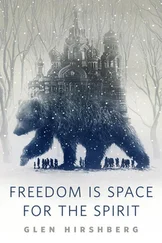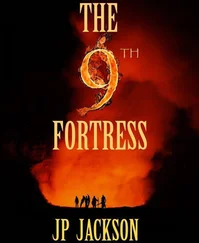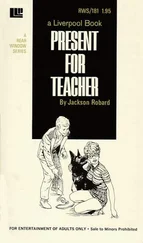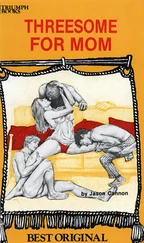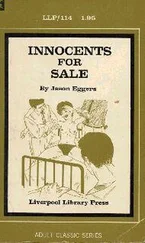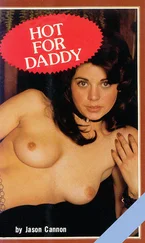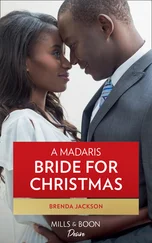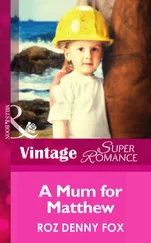Joachim Friedmann
Storytelling for Media
Introduction to the Theory and Practice of Narrative Design
UVK Verlag · München

Einbandmotiv: Henk Wyniger
Publiziert mit Unterstützung der Technischen Hochschule Köln und der ifs internationale filmschule köln.


Prof. Dr. Joachim Friedmannis a script- and headwriter for award-winning television series and author of storylines for comics for Disney, Egmont, and Carlsen. As a storytelling consultant, he has worked for institutions and companies like Microsoft and the German Federal Ministry of Environment or the German Soccer Federation DFB, creating educational and interactive online formats.
He teaches serial, transmedial, and interactive storytelling at the University of Hildesheim, the Film University Potsdam, the Film-Academy Baden-Württemberg, and the Hamburg Media School. In 2016, he received his doctorate with a thesis on transmedia storytelling. Since 2017 he is a professor at the International Film School Cologne (ifs), heading the Master’s program „Serial Storytelling“.
© UVK Verlag 2021
— ein Unternehmen der Narr Francke Attempto Verlag GmbH + Co. KG
Dischingerweg 5 • D-72070 Tübingen
Das Werk einschließlich aller seiner Teile ist urheberrechtlich geschützt. Jede Verwertung außerhalb der engen Grenzen des Urheberrechtsgesetztes ist ohne Zustimmung des Verlages unzulässig und strafbar. Das gilt insbesondere für Vervielfältigungen, Übersetzungen, Mikroverfilmungen und die Einspeicherung und Verarbeitung in elektronischen Systemen.
Internet: www.narr.deeMail: info@narr.de
Einbandgestaltung: Atelier Reichert, Stuttgart
Lektorat: Liz Daggett Matar und Jana Neef
Satz: pagina GmbH, Tübingen
utb-Nr. 5764
ISBN 978-3-8385-5764-9 (Print)
ISBN 978-3-8463-5764-4 (ePub)
1 Storytelling – More than Just Telling a Story
It would be tempting to start with a story at this point. Wouldn’t that be the right beginning for a book about storytelling? An exciting, interesting narrative that immediately captivates the reader and draws them into the subject? Yes, it might be exciting. But it might not be helpful. Because even though practically everyone tells stories and intuitively uses and recognizes the narrative form, they don’t give much thought to the way stories are created. This is exactly the question this book is meant to address. The methods used to tell stories are to be researched and presented here; it is, so to speak, a look behind the scenes of storytelling.
Narratives are ubiquitous; they simply belong to human life and appear as a natural way to communicate. Myths and fairy tales are important for the sense of identity in many early societies, and everyday stories thematize and structure interpersonal relationships. A multitude of stories are told in books, films, series, computer games, or documentaries in order to entertain, inform or convince. Stories are one of the most important forms of organizing communication and information across all social, historical, and cultural layers. “International, transhistorical, transcultural, narrative is there, like life” (95), states ROLAND BARTHES in The Semiotic Challenge This observation leads some people to the mistaken assumption that life itself writes the best stories. So why write a book on storytelling, when stories are omnipresent and happen all the time around us anyway?
The answer is simple: they don’t just happen. Stories are told. Life and existence only provide the material from which storytellers form their stories. The storyteller must select interesting material from the almost infinite number of events of daily life, shape them in a certain way to make them into a story, put them into perspective, structure them, and dramatize them. It is a craft, an art.
But although, or perhaps because, they are so ubiquitous, it doesn’t seem that easy to investigate stories, or to reveal their design principles. Stories are perceived as a natural phenomenon. When I ask the supposedly simple question in seminars or workshops: “What actually makes a story?” there is often thoughtful silence – although all participants have told a story before and have read, seen, heard, or even interactively experienced a multitude of stories. Nevertheless, this is not a contradictory finding. Even if children intuitively identify and name narrative texts, a narrative is at the same time a complex semiotic construct and narrative design strategies are by no means self-evident on closer inspection. Narrativizing texts, to describe the process of storytelling academically, is a highly complex, multi-layered, and differentiated procedure. At first glance, there would seem to be more logical, simpler, and concise ways of organizing, structuring, and sharing information. But stories appear to be the easiest way for the human brain to communicate and process information, as cognitive psychology research suggests.
Thus the narrative text deliberately leaves blank spaces and often – in contrast to instructive or scientific texts – does not reveal specific information, for example in crime novels or detective stories. Even when we encounter animals speaking in stories, such as in Aesop’s fables, or even household appliances, such as in Disney’s animated film The Brave Little Toaster , we can still find the narrative credible on an emotional and semantic level. And regardless of whether a narrative is conveyed orally, literarily, cinematically, or digitally, in the vast majority of cases it assumes a prototypical narrative structure.
The attempt to grasp the specifics of this transcultural and transhistorical form of communication theoretically begins in the ancient world, with ARISTOTLE’S seminal work, Poetics , in which Aristotle refers to the dominant narrative forms of his time: drama, epic, and poetry. This approach is further developed in Germany by GOTTHOLD EPHRAIM LESSING in a collection of essays published as Hamburgische Dramaturgie . At the end of the nineteenth century, narrative research had essentially emancipated itself from drama theory. In Russia, VLADIMIR PROPP presented the Morphology of the Folktale in 1928, the first systematic investigation of a narrative genre. However, a more fundamental scientific examination of narratives did not begin until the 1960s, when French structuralists took up and systematically developed the ideas of Propp and the Russian formalists.
Since TZVETAN TODOROV coined the technical term “narratology” (The 2 Principles of Narrative 44) for narrative studies in 1969, narrative forms of communication, subsumed in practice under the term “storytelling,” have received increasing attention. This has been particularly true in the last twenty years, in applied contexts such as journalism, marketing, organizational development or coaching, as well as in science. MARTIN KREISWIRTH thus coined the term “ narrative turn” (377–382) in the humanities and notes that since the 1990s there has been an increased interest in questions of narrative form in a multitude of academic disciplines, such as art, cultural studies, and the social and natural sciences, as well as disciplines further afield such as medicine, economics, business administration, and law.
Читать дальше
